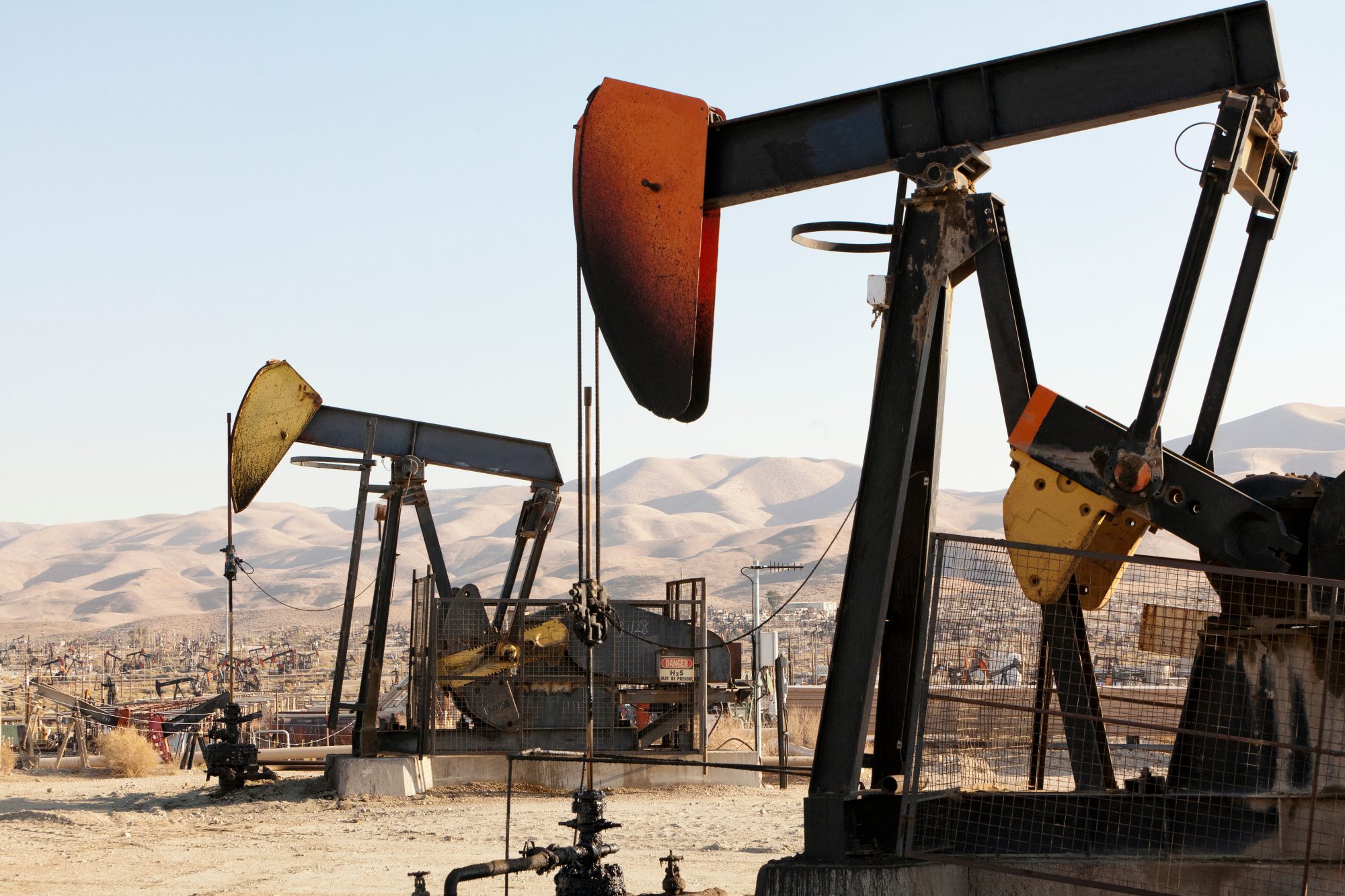Qualification wells play a crucial role in the exploratory and developmental phases of the oil and gas industry. “Well qualification” refers to the process of evaluating and confirming the integrity and potential of an oil or gas well. It involves testing, analyzing data, and determining the well’s production capacity and potential risks.
Qualification wells also determine the commercial viability of a reservoir, assess the reservoir’s flow characteristics, and evaluate its potential for sustained production. Once a qualification well is drilled and tested successfully, it can lead to full-scale production, with pipelines being the key infrastructure connecting the well to processing and storage facilities.
What is a Qualification Well?
A qualification well is essentially a test well drilled to evaluate whether the underground hydrocarbon reserves (such as oil or natural gas) are economically recoverable. This well is used to:
- Analyze the flow rate: Engineers study how much oil or gas can flow from the well, which helps determine if the well is viable for long-term production.
- Assess the reservoir’s properties: Data on pressure, temperature, and reservoir characteristics are gathered to better understand the reserves.
- Guide future production: If the qualification well produces positive results, it leads to the development of more wells in the field and the construction of permanent infrastructure, like pipelines, to transport hydrocarbons.
The Role of Pipelines in Connecting Qualification Wells
Once a qualification well is approved for production, pipelines become essential for transporting the extracted hydrocarbons. These pipelines may span long distances and operate under harsh environmental conditions. As such, flow assurance and pipeline integrity are paramount to ensure smooth and efficient transportation.
Challenges in Oil & Gas Pipelines
Pipelines face a variety of challenges, including:
- Corrosion: Pipelines, especially those transporting sour gas or other corrosive fluids, are prone to corrosion, which can compromise their integrity over time.
- Flow assurance: Over time, the smooth flow of hydrocarbons can be hindered by blockages or other disruptions in the pipeline, leading to inefficiencies and potential environmental risks.
- Pipeline damage: External factors like ground movement, accidents, or sabotage can lead to pipeline ruptures, causing significant operational downtime and safety concerns.
DragX: A Game-Changing Solution for Pipeline Protection and Flow Assurance
Oceanit’s DragX is an innovative surface treatment technology designed specifically to address pipeline corrosion and flow assurance issues. By applying DragX to pipelines, operators can significantly enhance the efficiency and safety of their infrastructure. Here’s how DragX helps:
- Corrosion protection: DragX offers a nano-coating that protects the interior surfaces of pipelines from corrosion caused by corrosive fluids like hydrogen sulfide and carbon dioxide, which are commonly found in oil and gas wells.
- Flow efficiency: The coating creates an ultra-smooth surface inside the pipeline, which reduces friction and turbulence. This means hydrocarbons can flow more smoothly, preventing blockages and enhancing overall flow rates.
- Extended pipeline lifespan: By protecting against corrosion and minimizing friction, DragX extends the operational lifespan of pipelines, reducing the need for frequent maintenance and replacements.
- Improved safety: The reduction in blockages and the prevention of corrosion-related failures enhance the overall safety of pipeline operations, minimizing the risk of spills and leaks.
Ensuring Pipeline Integrity with DragX
As qualification wells lead to large-scale oil and gas production, ensuring the reliability and longevity of pipelines becomes a priority. With innovative solutions like DragX, operators can protect their critical infrastructure from the challenges of corrosion and flow assurance. By applying this technology, pipelines remain secure, efficient, and operationally sound, ultimately supporting the growing global demand for energy while mitigating environmental risks. Learn more about DragX with our experts.

